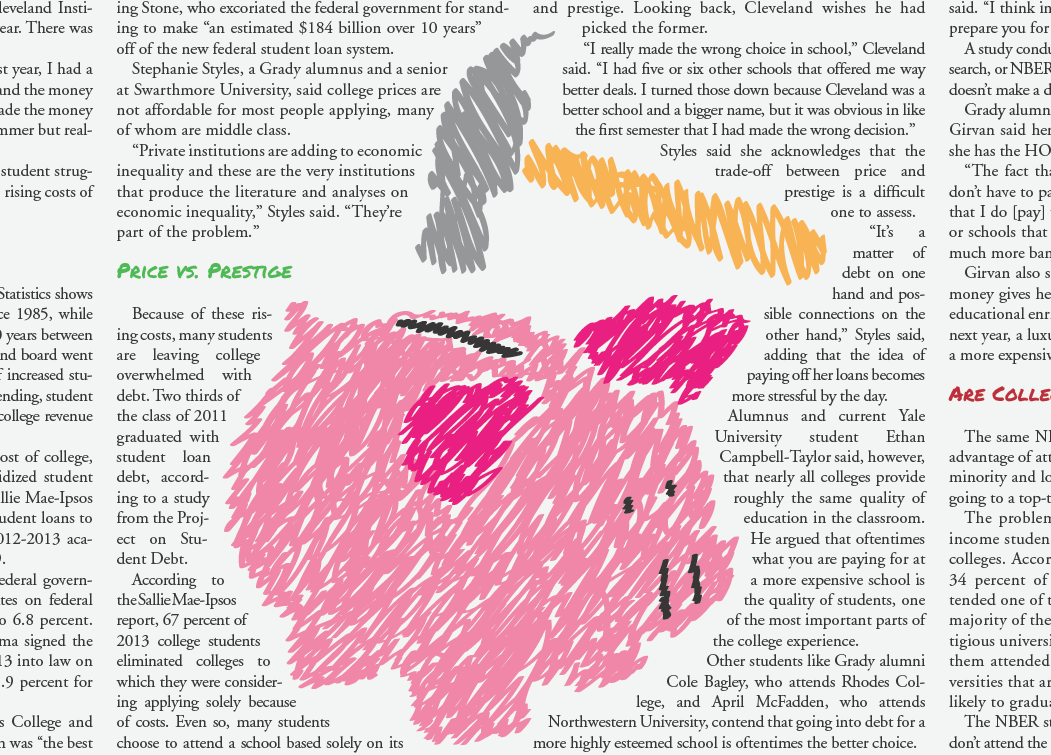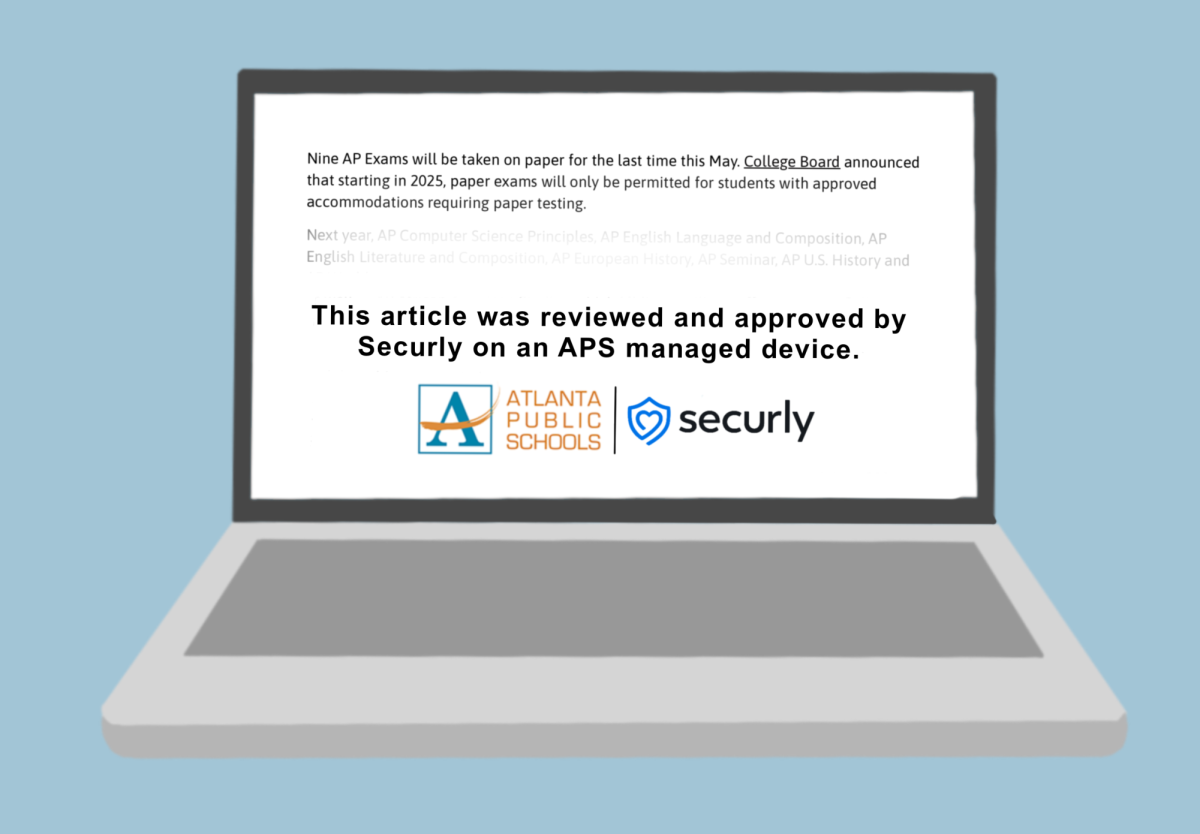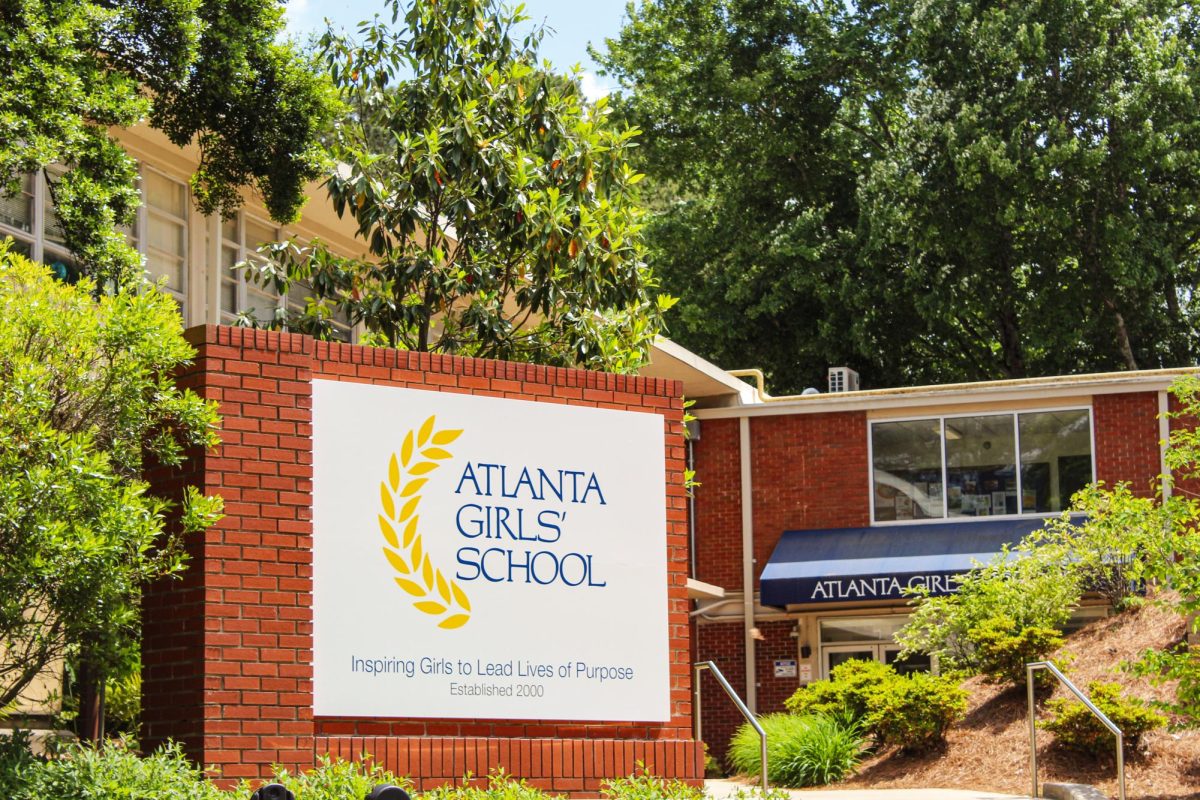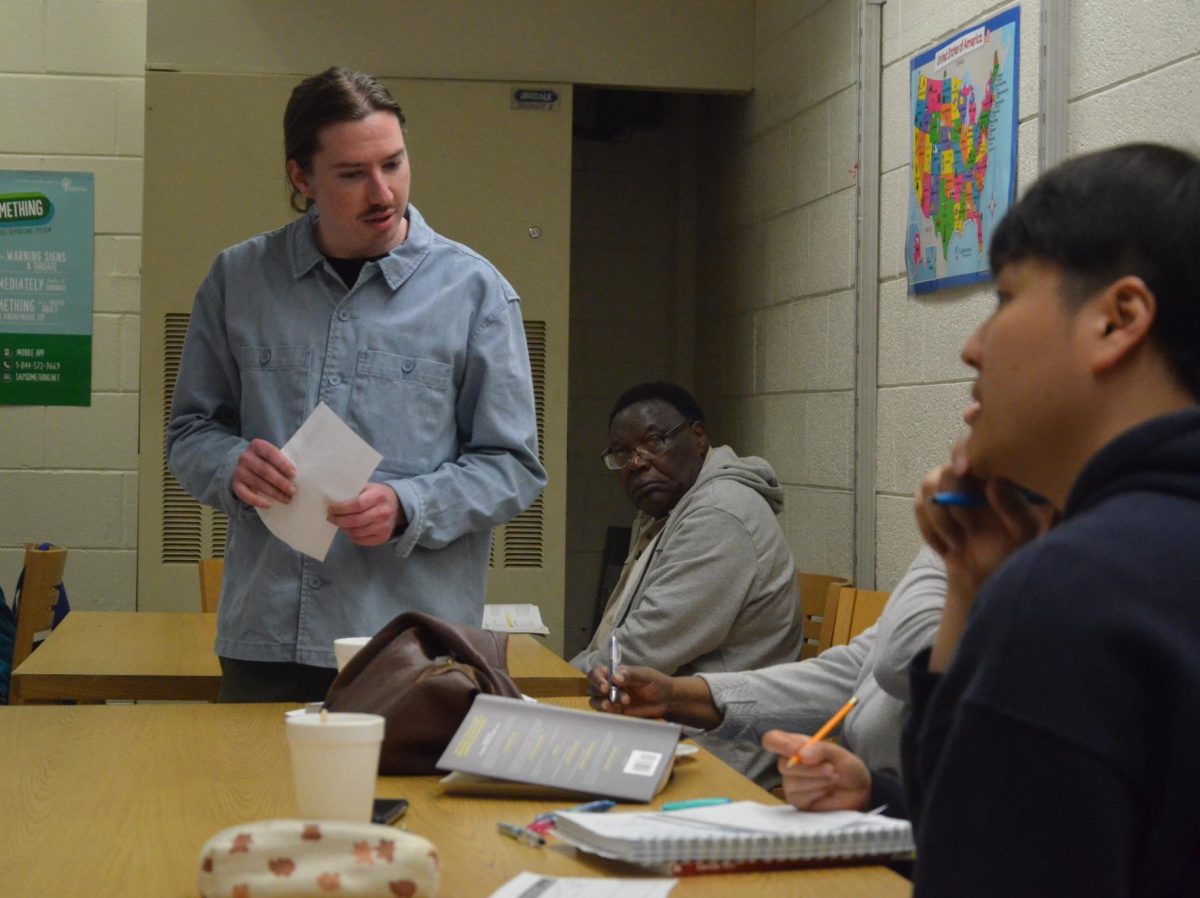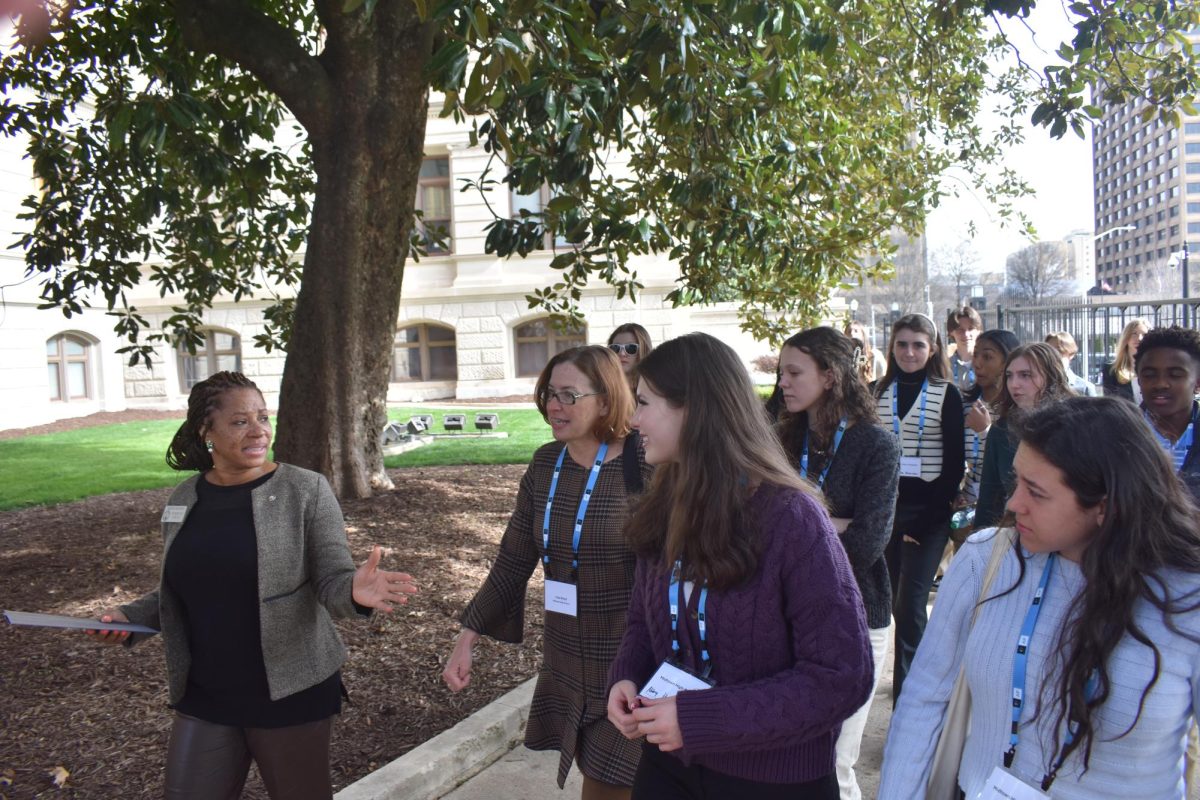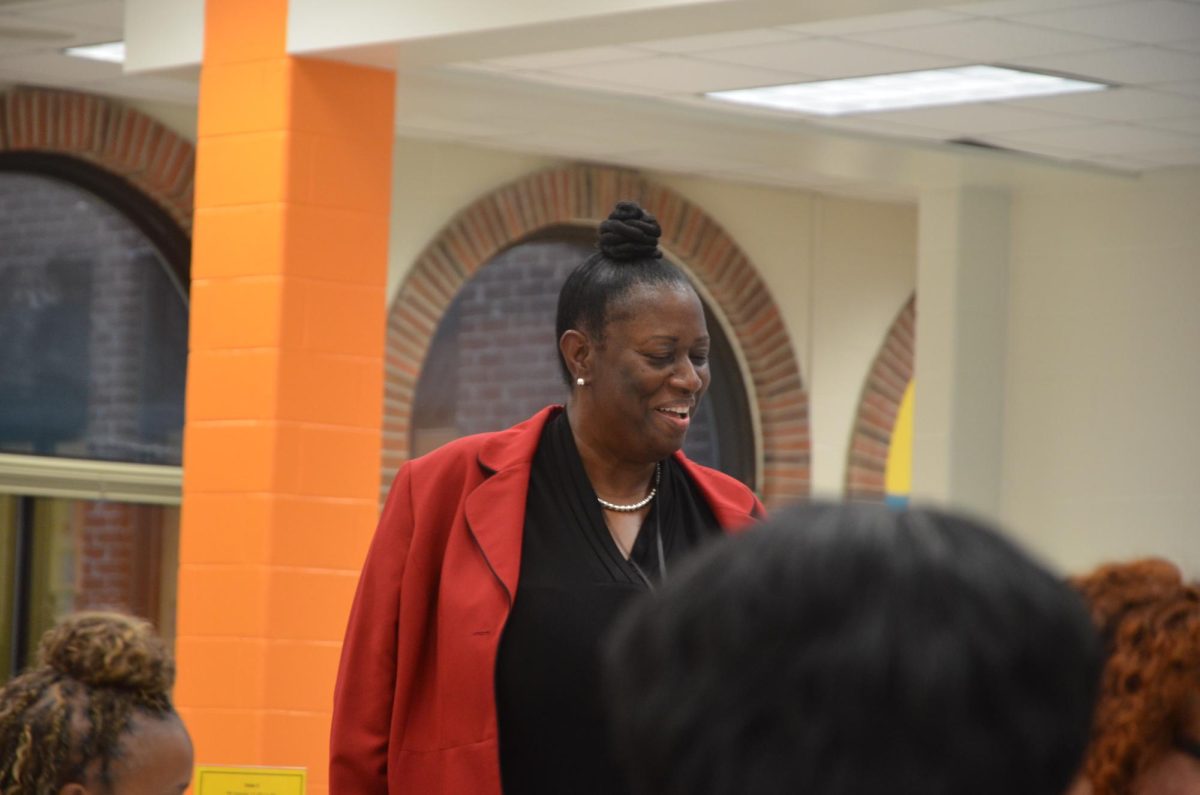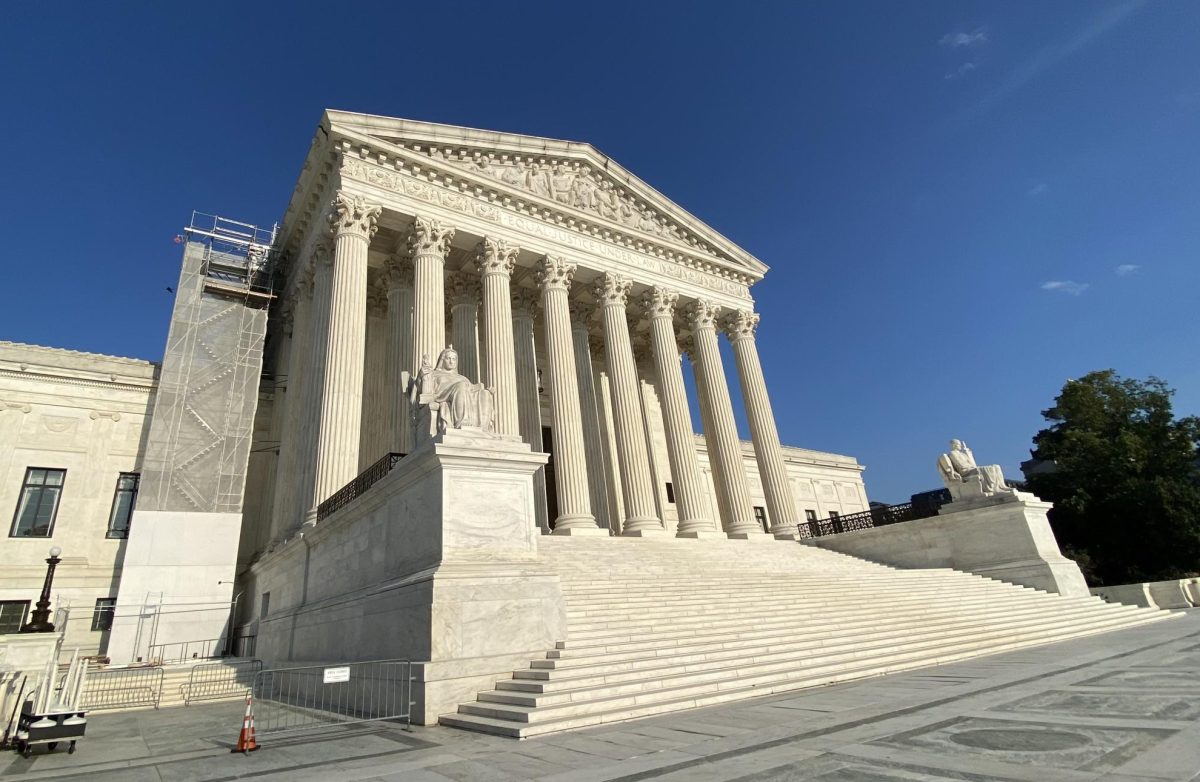
Grady alumnus Andrew Cleveland had it all. He had gotten into his dream school, the prestigious Cleveland Institute of Music, and had just finished his first year. There was just one problem: he couldn’t afford it.
“When I applied to the school I went to last year, I had a financial plan of how I was going to pay for it and the money I needed to make,” Cleveland said. “Then I made the money that I needed to pay out of pocket over the summer but realized that I needed so much more money.”
Tuition costs he had anticipated, but paying for daily living expenses was another matter. Cleveland, however, is not the only college student struggling with the nationwide epidemic that is the rising costs of attending college.
Rising Costs, Rising Debts
Information from the U.S. Bureau of Labor Statistics shows that college tuitions have nearly sextupled since 1985, while consumer prices have merely doubled. In the 10 years between 2000 and 2010, the cost of tuition and room and board went up 46 percent at public universities. Because of increased student enrollment coupled with decreased state spending, student tuition payments accounted for almost half of college revenue in 2012, up from about 30 percent in 2000.
Confronted with the steeper and steeper cost of college, many students are turning to federally subsidized student loans. According to a report by loan giant Sallie Mae and Ipsos Public Affairs, the average family turned to student loans to pay for 18 percent of college costs in the 2012-2013 academic year, up from 14 percent in 2008-2009.
While students are borrowing more, the federal government is charging them more to borrow. Rates on federal student loans doubled on July 1, from 3.4 to 6.8 percent. Luckily for students, though, President Obama signed the Bipartisan Student Loan Certainty Act of 2013 into law on Aug. 9, which brought rates back down to 3.9 percent for undergraduate students.
Susanne Muntzing, a volunteer in Grady’s College and Career Connections Center, said the legislation was “the best thing [that could happen] right now,” but hopes Congress will act to decrease rates even more. Sen. Elizabeth Warren (D-Mass.) shares this hope, and has sharply criticized the federal government for profiting off student debt. Her rebuke of the government was echoed by Matt Taibbi of Rolling Stone, who excoriated the federal government for standing to make “an estimated $184 billion over 10 years” off of the new federal student loan system.
Stephanie Styles, a Grady alumnus and a senior at Swarthmore University, said college prices are not affordable for most people applying, many of whom are middle class.
“Private institutions are adding to economic inequality, and these are the very institutions that produce the literature and analyses on economic inequality,” Styles said. “They’re part of the problem.”
Price vs. Prestige
Because of these rising costs, many students are leaving college overwhelmed with debt. Two thirds of the class of 2011 graduated with student loan debt, according to a study from the Project on Student Debt.
According to the Sallie Mae-Ipsos report, 67 percent of 2013 college students eliminated colleges to which they were considering applying only because they were too expensive. Even so, many students choose to attend a school based solely on its academic reputation and prestige. Sixty-four percent of students considered a college’s reputation a very important factor in their decision, according to a survey by UCLA of 201,818 students at 279 U.S. colleges and universities.
Many high school seniors must choose between price and prestige. Looking back, Cleveland wishes he had picked the former.
“I really made the wrong choice in school,” Cleveland said. “I had five or six other schools that offered me way better deals. I turned those down because Cleveland was a better school and a bigger name, but it was obvious in the first semester that I had made the wrong decision.”
Styles said she acknowledges that the trade-off between price and prestige is a difficult one to assess.
“It’s a matter of debt on one hand and possible connections on the other hand,” Styles said, adding that the idea of paying off her loans becomes more stressful by the day.
Alumnus and current Yale University student Ethan Campbell-Taylor said, however, that nearly all colleges provide roughly the same quality of education in the classroom. He argued that oftentimes what you are paying for at a more expensive school is the quality of students, one of the most important parts of the college experience.
Other students like Grady alumni Cole Bagley, who attends Rhodes College, and April McFadden, who attends Northwestern University, contend that going into debt for a more highly esteemed school is oftentimes the better choice.
“I think your college years are the only four years of your life where you can explore the world and basically do whatever you want to, and that includes your college tuition,” Bagley said.
Like Bagley, McFadden argued that although the cost of taking out student loans is daunting, the payback, in terms of greater learning and employment opportunities, makes it worth it.
“It is unfortunate that we have to take out loans, but it’s for the education that we’ve always dreamed and that our parents have always dreamed we should have,” McFadden said. “I think in the end it is worth it because I think it does prepare you for the working world.”
A study conducted by the National Bureau of Economic Research, or NBER, however, found that going to a top-tier school doesn’t make a difference in the average earnings of students.
Grady alumnus and current Georgia Tech student Maragh Girvan said her decision was largely based on the fact that she has the HOPE scholarship.
“The fact that I got HOPE is really, really helpful, so I don’t have to pay that much out of pocket, and the amount that I do [pay] when you compare it to out-of-state schools or schools that don’t get covered by HOPE, I’m getting so much more bang for my buck,” Girvan said.
Girvan also said that attending an in-state school for less money gives her more freedom to pursue other options for educational enrichment. She plans to take a year off to travel next year, a luxury she would not have if she were attending a more expensive school.
Are Colleges Doing Their Part?
The same NBER study that discounted the comparative advantage of attending a more prestigious school found that minority and low-income students actually do benefit from going to a top-tier school.
The problem is that recent research reveals that low-income students are shockingly underrepresented at elite colleges. According to another study by the NBER, only 34 percent of high-achieving, low-income students attended one of the country’s 238 most selective colleges. A majority of these students didn’t even apply to these prestigious universities. Instead, the study found that many of them attended community colleges or less selective universities that are closer to home, where they are much less likely to graduate.
The NBER study also found that the reason these students don’t attend prestigious universities is because they don’t realize how much financial aid they could have received or simply don’t know anyone who has been to one of the colleges.
The study suggests that the simple way to get more low-income students to apply to elite schools is to give them more information about financial aid at the schools. Sixty-four colleges have pledged to meet 100 percent of the demonstrated financial need of their students, according to the U.S. News & World Report. A recent Stanford study confirms that providing more information does increase the number of low-income students that apply to elite colleges.
Colleges, however, don’t seem to be very eager to attract more low-income students. A recent front-page story in The New York Times revealed that some colleges recruit a lot more low-income students than others. Critics of colleges with low levels of low-income students argue that they are too focused on college rankings that only reward colleges for having high-performing students, rather than factoring in socioeconomic diversity.
Styles said many people at her school, including herself, believe Swarthmore could do a lot more to recruit low-income and minority students.
McFadden agrees. In her junior year, she ruled out many schools due to cost. In her senior year, however, she decided to apply to her dream schools, realizing that she was a high-performing student whose college costs could largely be covered by the school itself.
“I think universities could provide more or there should be a way that students can receive an estimate during the application process of what they could possibly receive, but I also think that low-income students should have more guts to apply to some of these schools because there is no harm in applying, ” McFadden said.
Muntzing, however, still cautions students that even the top-tier colleges who profess to meet 100 percent of students’ demonstrated financial need still set a high bar for demonstrating that need.
“When it comes to low-income kids, you have to have to be really low to get [elite colleges] to pay everything,” Muntzing said. “[Your parents] have to make less than $50,000 a year.”
The Silver Lining
Despite the seemingly bleak financial prospects soon-to-be college students face, there are still many opportunities out there to save money.
“It’s really about how much effort you put in because there is so much money out there for you to get and take advantage of,” Girvan said.
Grady alum and Boston University student Taylor Walker was awarded the full-tuition Posse Foundation Scholarship in addition to several other ancillary scholarships that cover all her college costs. Walker said the secret to her success was applying for as many scholarships as she could, whether they be based on merit, need or leadership and community service.
“I think that one of the biggest things that students in high school use to their disadvantage is the fact that there are tons of scholarships out there that they can apply for,” Walker said.
A lot of these scholarships are merit-based scholarships that some colleges, such as expensive schools like the University of Southern California, Tulane and University of Chicago, offer. Many public universities also offer a lot of merit-based aid in an attempt to strengthen their student body despite state budget cuts.
“I think that what a lot of people don’t realize is that the financial aid office is full of people who are paid by the university to come up with ways to help you pay for things,” Walker said.
The Federal Work-Study Program is another initiative which aims to lessen the financial impact paying for college has on students. Critics of the program say the jobs are too competitive, and that working a job forces students to shift their focus away from their studies. Many, such as Cleveland and Styles, can attest that working in college makes it more difficult for students to keep up their grades.
Muntzing urges students to be creative and proactive in their search for scholarships and financial aid. For example, she said many students overlook some of the best aid options that small liberal arts colleges offer.
“There are plenty of opportunities [for reducing the cost of college],” Muntzing said. “The problem is that many of those opportunities are in small colleges that a lot of our students don’t even consider.”
Muntzing also encourages students to have honest discussions with their parents about what they can afford and to plan how to realistically achieve their goal for college.
Ultimately, despite the increasingly difficulty of handling post-secondary education finances and the many different opinions surrounding them, virtually all the Grady alumni could all agree that college students should appreciate their college or other post-secondary educational experience for all it’s worth. Clearly, it’s worth a lot.






